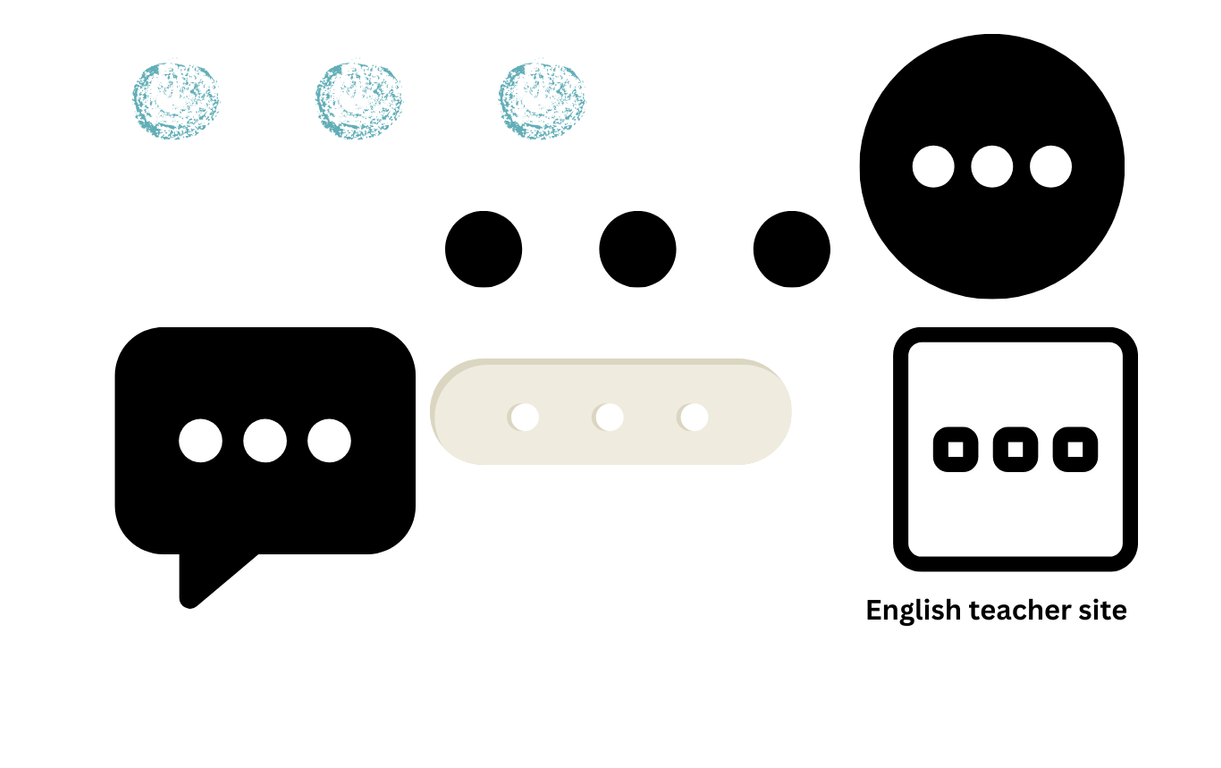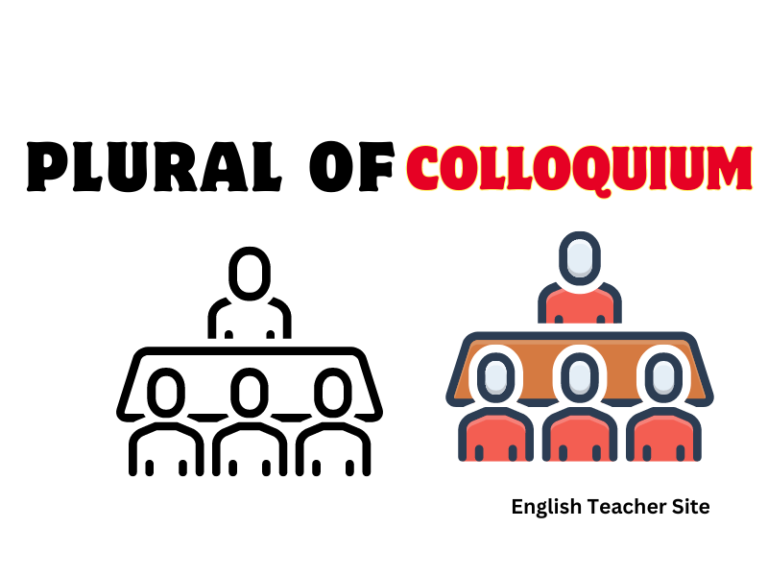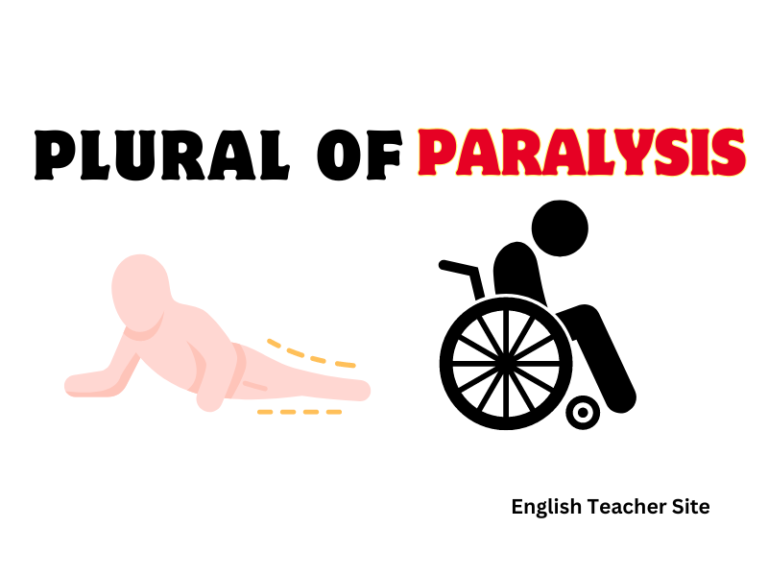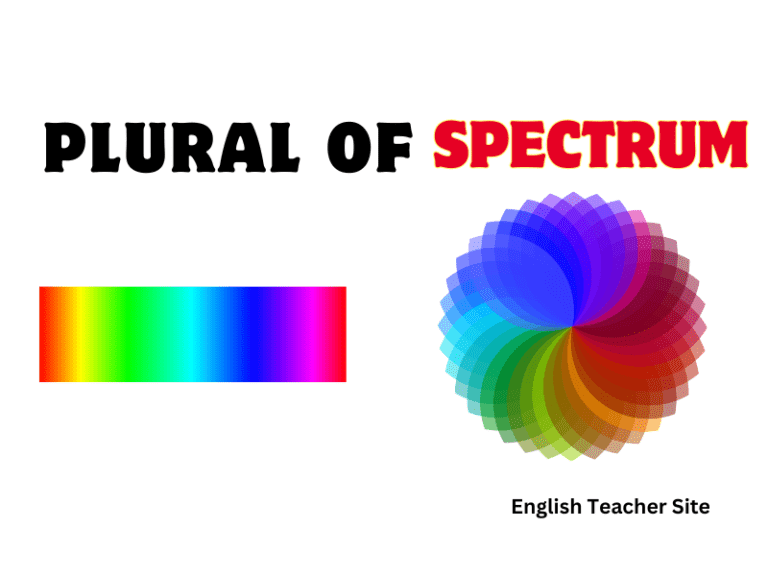How to Use an Ellipsis: Rules for Applying Ellipses in Writing

- An ellipsis indicates omitted words or a pause in speech.
- Differentiating between an ellipsis and other punctuation marks is essential for clear writing.
- Correct use of an ellipsis maintains the integrity of quoted material.
An ellipsis, the series of three periods (…), serves multiple roles in English writing. when and how to use an ellipsis is essential for clarity and to maintain the integrity of the quoted material.
The decision to use an ellipsis should also consider the alternative punctuation marks, such as dashes and colons, which serve different functions. A dash often indicates a break in thought or added emphasis, while a colon precedes a list or explanation.
What is an ellipsis?
An ellipsis is a linguistic tool used to indicate the omission of words, to create suspense, or to show an unfinished thought. It consists of three periods (also known as dots) and is a widely recognized and used element of English punctuation.
Ellipsis Structure
The basic structure of an ellipsis can vary slightly, depending on the style guide being followed. For example:
| Style | Structure |
|---|---|
| With Spaces | . . . |
| Without Spaces | … |
Ellipsis vs. Ellipses
When discussing punctuation, precision is key. An ellipsis is a single grammatical concept referring to a series of three consecutive dots (...) used in writing.
Conversely, ellipses is the plural form of ellipsis, implying the usage of more than one such series in a document or text. They are distinct but related—the singular and plural forms of the same grammatical tool.
| Ellipsis | Function |
|---|---|
... | Indicates omission or pause within a single sentence. |
. . . | Emphasizes the departure from the original text. |
Ellipsis, Dash, and Colon
An ellipsis consists of three consecutive dots (…) and serves multiple purposes. Made for indicating an omission, showing a thought trailing off, or introducing a pause in dialogue, the ellipsis has nuances of usage. The dash—often the em dash (—)—creates an abrupt stop, emphasizes a point, or indicates a shift in thought. The colon, on the other hand, directs the reader to anticipate what follows; it could be a list, a quotation, or an explanation.
Ellipsis Usage
| When to Use | How to Use |
|---|---|
| Omission | In formal writing to indicate text that has been left out of a quotation. |
| Pause or Trailing Off | In informal or creative writing to convey hesitation or incomplete thoughts. |
Dash Usage
- Interruption: Emphasizes a break in dialogue or an interruption of speech
- Series: Separates items within a series when there is internal punctuation
- Emphasis: Adds emphasis to the information it follows
Colon Usage
| When to Use | How to Use |
|---|---|
| Lists | After a statement that introduces items in a list: items, ingredients, steps. |
| Explanation or Consequence | To express a cause and effect relationship or present an explanation. |
| Quotation | Before a long, formal statement or a block of quoted speech. |
| Time and Ratios | In time expressions and ratios, the colon separates hours and minutes, quantities and measures. |
Consistent and accurate punctuation ensures clarity and provides rhythm to writing. While an ellipsis suggests a gentler pause or silence, the em dash demands more attention, introducing added emphasis or abrupt turns in sentences. The colon, with its promise of elaboration, delivers the satisfaction of fulfillment. Using these punctuation marks effectively can transform simple prose into engaging narratives and coherent arguments.
How to use Ellipses in Writing?
Ellipses serve multiple purposes in writing:
- Omission: They can represent words that have been left out, especially in quotations.
- Pause: They can indicate a pause or break in a character’s dialogue.
- A trailing off: In informal writing, ellipses can show that a thought is trailing off.
| Ellipses | Function |
|---|---|
... ... | Separate omissions from two different parts of the quote. |
(sentence) ... (another sentence) | Indicating omitted material between two sentences. |
When to Use an Ellipsis, with Examples
Its use is primarily to indicate the omission of words, the creation of suspense, or the unfinished thought. It is a subtle yet powerful tool in both formal writing and creative texts.
Here are key situations where an ellipsis is appropriately used, with examples to clarify its application.
When should you use an ellipsis?
when to utilize this punctuation mark is essential in both formal and informal contexts. Here are the main instances in which an ellipsis is used:
- To indicate an omission: This is common in quotations where unnecessary or irrelevant material is left out.
- To suggest a pause or unfinished thought: In dialogue or narrative, it symbolizes a trailing off of speech or thought.
- To denote hesitation: In informal writing, like text messaging, it represents a pause in the flow of thoughts or speech.
| Context | Usage |
|---|---|
| Formal writing | To show that some text has been omitted. |
| Creative writing | To indicate a pause or silence. |
| Informal writing | To convey indecision or a pause in thought. |
How to use Ellipsis in formal writing ?
| Formal Usage | Example |
|---|---|
| Omission of part of a single sentence | “To be…that is the question.” |
| Omission between two sentences | “All animals are equal…some…more equal.” |
How to Use ellipses in informal writing?
ellipses in informal writing can be more flexible, but they should still be applied thoughtfully to maintain clarity.
- Text messaging: They can suggest that the conversation is open-ended.
Sources
Harper, Douglas. “Etymology of ellipsis.”
Dictionary, https://www.etymonline.com/word/ellipsis.
My name is Khamis Maiouf. I am the creator of the English Teacher Site, dedicated to providing valuable resources and insights for students around the world. With a passion for education and a commitment to helping students enhance their skills, I aim to make English teaching more effective and enjoyable for both educators and students.






